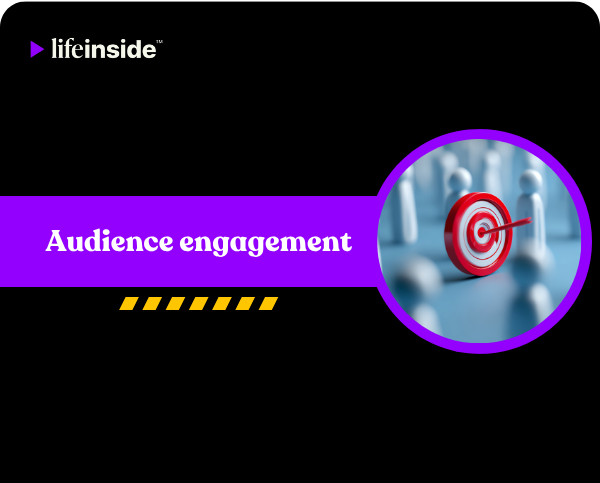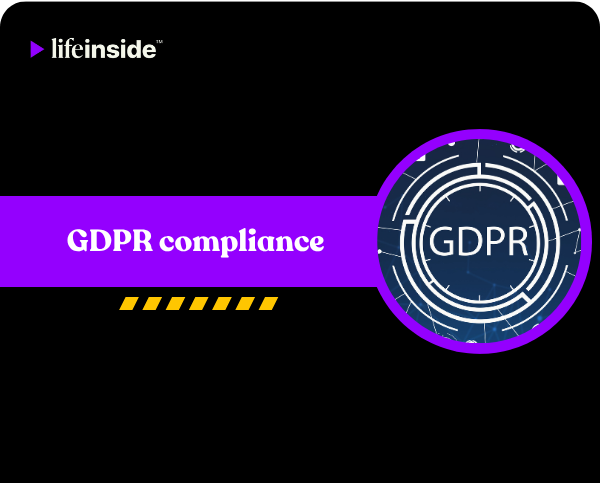The dynamic, bidirectional relationship that is formed between viewers and interactive video content is referred to as audience engagement. The degree to which viewers actively engage with and react to the video experience, whether by clicking on call-to-action buttons, exploring embedded hotspots, navigating personalized video funnels, or even adding user-generated testimonial content, is what distinguishes engagement from passive viewing.
Interactive videos are designed to encourage this involvement. To promote exploration rather than linear consumption, a marketing campaign can, for instance, include product walkthroughs that let viewers choose whatever features they wish to learn more about. In order to make every viewer feel included in the discussion, recruitment teams can ask candidates video questions and brands can ask consumers to leave video reviews or answer surveys. By matching material to their interests, branching technology increases audience engagement by letting them select their own path.
Watch time, the frequency and timing of interactive actions (such as clicking on a call to action or completing a quiz), user journeys through branching content, and drop-off points are some of the metrics used to gauge audience engagement. Advanced tracking identifies the features that inspire viewers to act and the storylines that demand deeper connection.
Beyond just providing entertainment, audience interaction fosters emotional bonds, fosters trust, and raises conversion rates. Viewers who are actively involved are more likely to become leads, devoted clients, or passionate brand ambassadors. Increased involvement results in better-informed candidates and higher-quality applications for HR and talent acquisition. Engagement results in better community satisfaction and information retention in the public sector and educational deployments.
Effective storytelling and design are evident from a high degree of audience involvement. Brands receive instant feedback as viewers engage with the material, enabling quick customisation and iteration. Interactive elements such as path selection, video replies, clickable testimonials, and two-way comments assist brands in creating a feeling of community and establishing connections. This is crucial in the congested digital world of today, where time is of the essence.
The degree to which viewers actively participate, shape the tale, and influence business outcomes is a measure of audience engagement. It symbolizes the shift from one-way media to real digital dialogue.



